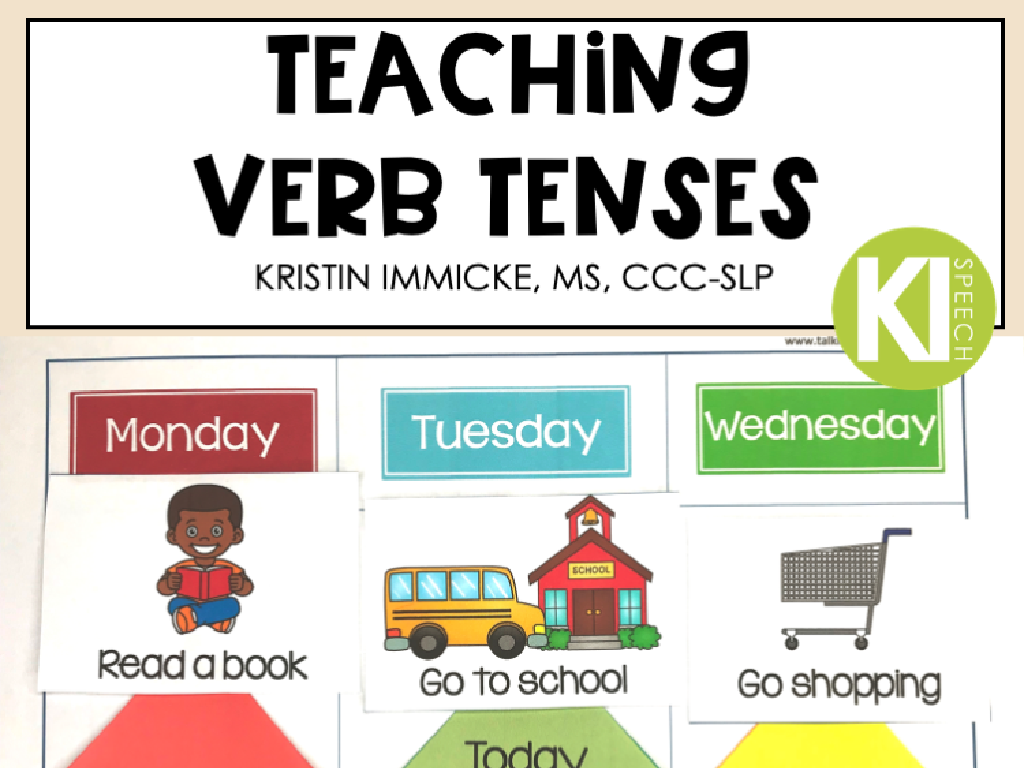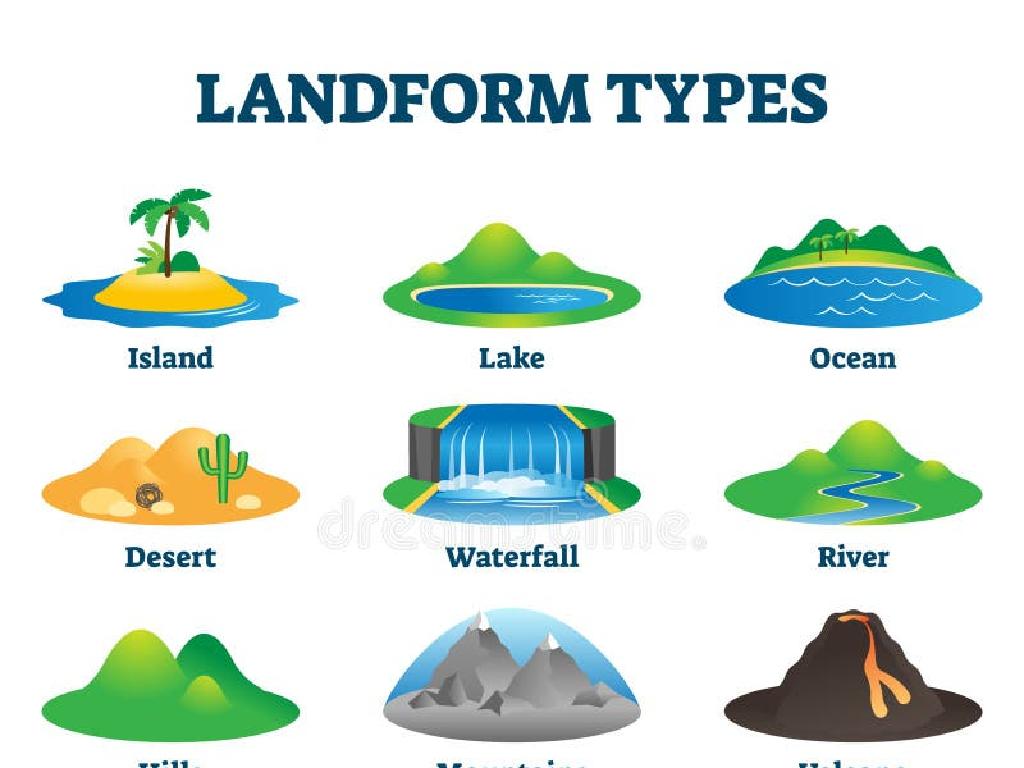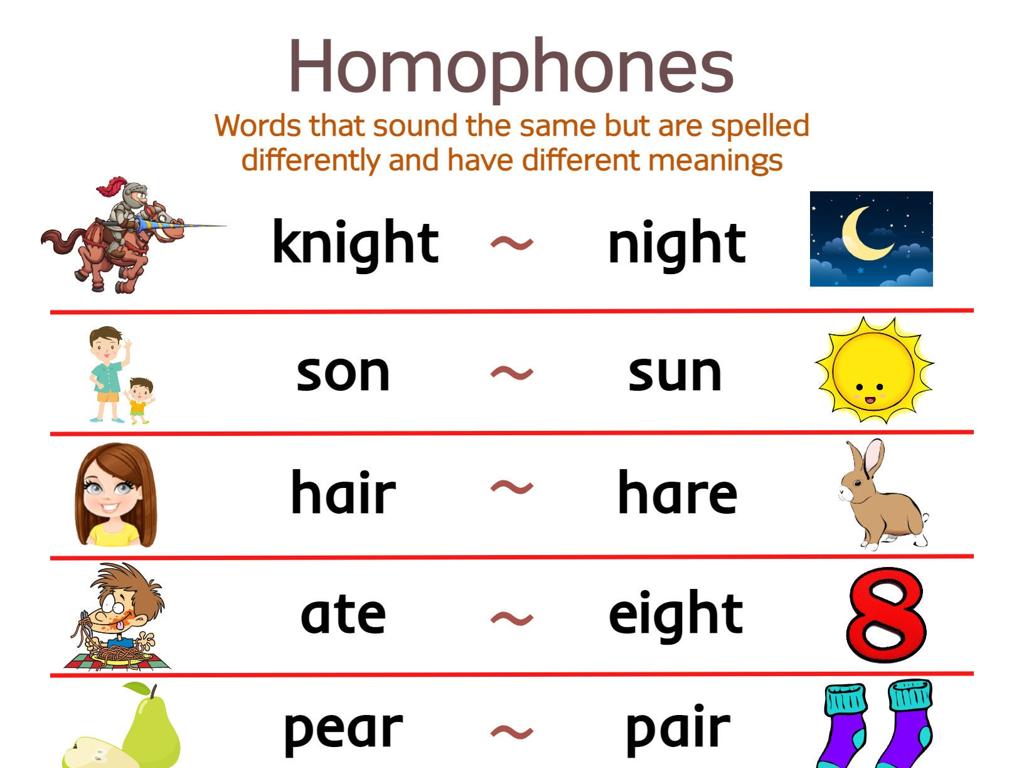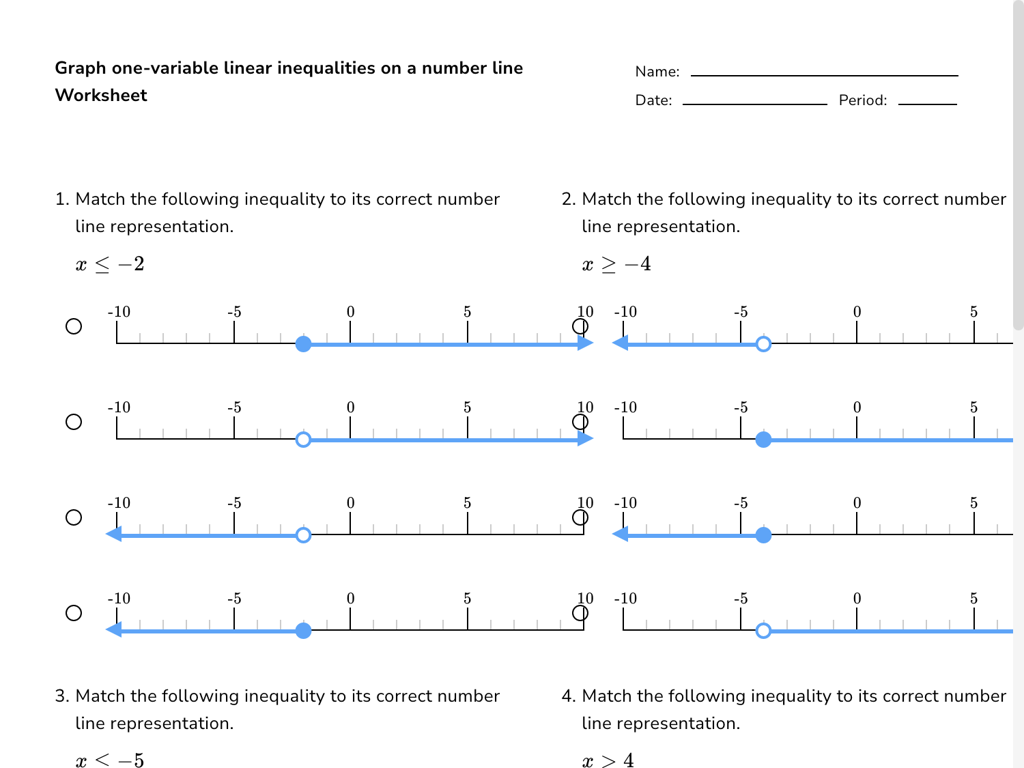Multiply A Decimal By A Two-Digit Whole Number Using Area Models
Subject: Math
Grade: Fifth grade
Topic: Multiply Decimals By Whole Numbers
Please LOG IN to download the presentation. Access is available to registered users only.
View More Content
Multiplying Decimals with Area Models
– Grasping decimal basics
– Decimals represent parts of a whole, like 0.5 is half
– Multiplication: combining groups
– To multiply is to add a number to itself a certain number of times
– Applying multiplication to decimals
– When we multiply decimals, we combine parts of a whole
– Using area models for decimals
– Area models visually show the product of decimals and whole numbers
|
This slide introduces the concept of multiplying decimals, starting with a fundamental understanding of what decimals represent. Emphasize that decimals are fractions of a whole, which can be related to money or measurements that students are familiar with. Explain multiplication as a method of combining equal groups and how this concept extends to decimals, which are essentially parts of a whole number. Introduce area models as a visual tool that can help students better grasp the multiplication of decimals by a two-digit number. The area model will break down the process into more manageable parts, making it easier for students to visualize and understand. Provide examples using area models to demonstrate how to multiply a decimal by a two-digit whole number.
Visualizing Multiplication with Area Models
– Understanding Area Models
– A visual tool to represent multiplication as the area of a rectangle.
– Components of Area Models
– Consists of length and width that represent factors.
– Using Area Models with Whole Numbers
– Multiply length by width to find the area representing the product.
– Example: Multiplying Decimals
– Let’s multiply 0.3 by 14 using an area model.
|
This slide introduces the concept of area models as a visual method for understanding multiplication, especially useful for multiplying decimals by whole numbers. Start by explaining what an area model is and how it can represent multiplication problems. Discuss the building blocks of an area model, including length and width as factors of the rectangle. Show how to use area models with whole numbers before introducing decimals. Provide a clear example, such as multiplying 0.3 by 14, and demonstrate how to set up the area model, break down the two-digit number into tens and ones, and find the total area to get the product. Encourage students to draw their own area models and practice with different problems.
Multiplying Decimals by One-Digit Numbers
– Review decimal multiplication
– Recall how to multiply whole numbers, then apply to decimals
– Example: Decimal times one-digit
– For instance, 0.5 x 3. Break it down into area model steps
– Work on a practice problem
– Try multiplying 0.7 x 4 using what we’ve learned
|
Begin the lesson by reviewing the basics of decimal multiplication, ensuring that students remember how to multiply whole numbers first. Then, demonstrate an example of multiplying a decimal by a one-digit number using an area model. For example, show how to multiply 0.5 by 3 by breaking it down into more manageable steps. After the example, provide a practice problem for the students to solve, such as 0.7 x 4, and encourage them to use the area model method. This will help solidify their understanding of the concept. Make sure to walk around the classroom to assist any students who may be struggling with the concept.
Multiplying Decimals by Two-Digit Numbers
– Extend to two-digit multipliers
– Break down two-digit numbers
– Split the two-digit number into tens and ones
– Example: Decimal times two-digit
– 0.53 x 14: Multiply 0.53 by 10 and 4 separately
– Area model for multiplication
– Visualize multiplication as the area of a rectangle
|
This slide transitions students from multiplying decimals by single-digit to two-digit numbers. Emphasize the importance of understanding place value when breaking down two-digit numbers into tens and ones. Use an example, such as 0.53 multiplied by 14, to demonstrate the process step by step. Show how to multiply the decimal by each part (10 and 4) and then combine the results. Introduce the area model as a visual tool to represent this multiplication, which can help students grasp the concept more concretely. Encourage students to draw their own area models and practice with different two-digit multipliers to solidify their understanding.
Multiplying Decimals with Area Models
– Create an area model for decimals
– Draw a rectangle, divide it based on place values
– Fill in the model step by step
– Label each section with the decimal and whole number parts
– Solve the area model
– Multiply each section, then add for the total
– Practice with examples
– Use examples like 0.53 x 14 to apply what we’ve learned
|
This slide introduces the concept of using area models to multiply decimals by two-digit whole numbers. Start by explaining how to create an area model, which involves drawing a rectangle and dividing it into sections that represent the place values of the decimal and the digits of the whole number. Then, guide students through filling in the model with the appropriate values and solving by multiplying each section and adding the results together. Provide practice examples, such as multiplying 0.53 by 14, and work through them as a class. Encourage students to visualize the multiplication process and understand how each part contributes to the final answer. This visual and step-by-step approach helps demystify decimal multiplication and reinforces place value concepts.
Practice Time: Multiplying Decimals
– Let’s multiply decimals together!
– Work on the provided problems
– Use area models for multiplication
– Break the decimal into tenths and hundredths, then multiply each by the whole number
– Share your solutions with the class
|
This slide is designed to engage students in a hands-on activity to reinforce their understanding of multiplying decimals by two-digit whole numbers using area models. Provide a set of problems that vary in difficulty to cater to different skill levels within the class. Encourage students to draw area models to visualize the multiplication process, breaking down the decimal into tenths and hundredths and multiplying each by the whole number. After completing the problems, students should be ready to present their solutions and methods to the class, fostering a collaborative learning environment. Possible activities include peer review, group discussions, and creating a classroom display of different area models used in their solutions.
Class Activity: Area Models with Decimals
– Create an area model for decimal multiplication
– Multiply a decimal by a two-digit number
For example, 0.3 x 14. Break 14 into 10 and 4, then multiply 0.3 by each part.
– Present your model to the class
– Discuss the process and answer
Explain how you used the area model to find the product.
|
This activity is designed to help students visualize the process of multiplying decimals by two-digit numbers. Provide students with grid paper and have them draw an area model to represent the multiplication of a decimal by a two-digit number. Encourage them to break the two-digit number into tens and ones to simplify the process. After completing their models, students will present their work to the class, explaining each step of their multiplication process. This will reinforce their understanding and allow them to articulate the concept. Possible variations of the activity could include multiplying different decimals by various two-digit numbers, working in pairs, or creating a gallery walk where students can view each other’s work.
Review and Closing: Decimal Multiplication
– Recap: Decimal x Whole Number
We learned to multiply decimals by two-digit numbers using area models.
– Importance of Decimal Multiplication
Understanding this helps in real-world math, like money calculations.
– Homework: Practice Problems
Solve additional problems to master the concept.
– Prepare for Next Lesson
|
As we wrap up today’s lesson, it’s crucial to revisit the key points of multiplying a decimal by a two-digit whole number using area models. Emphasize the practical applications of this concept, such as in financial calculations and measurements, to highlight its importance. For homework, assign a set of problems that reinforce today’s learning and prepare students for more complex operations involving decimals. In the next lesson, we’ll continue to build on these skills, so encourage students to come with questions or difficulties they’ve encountered while practicing.






